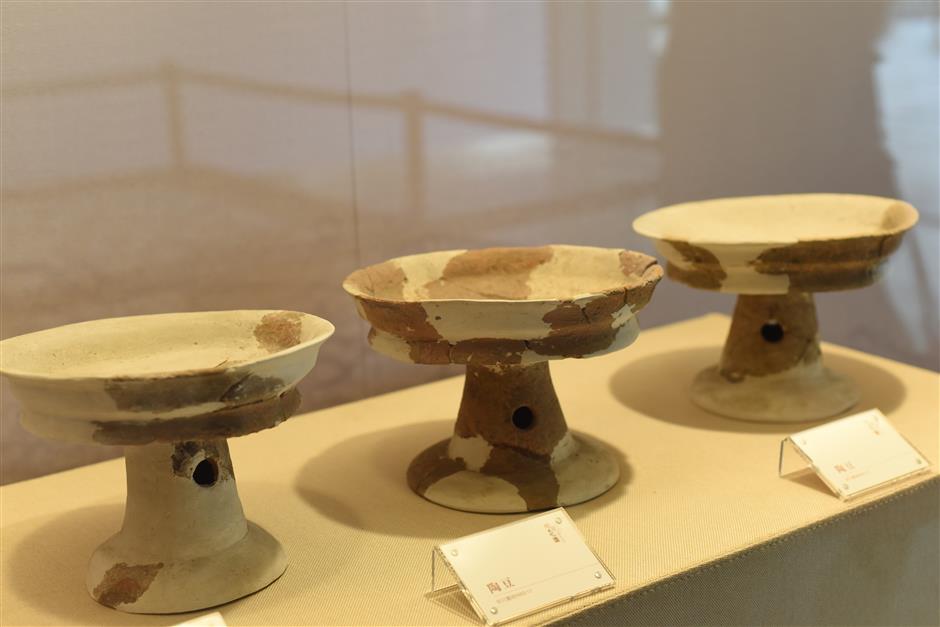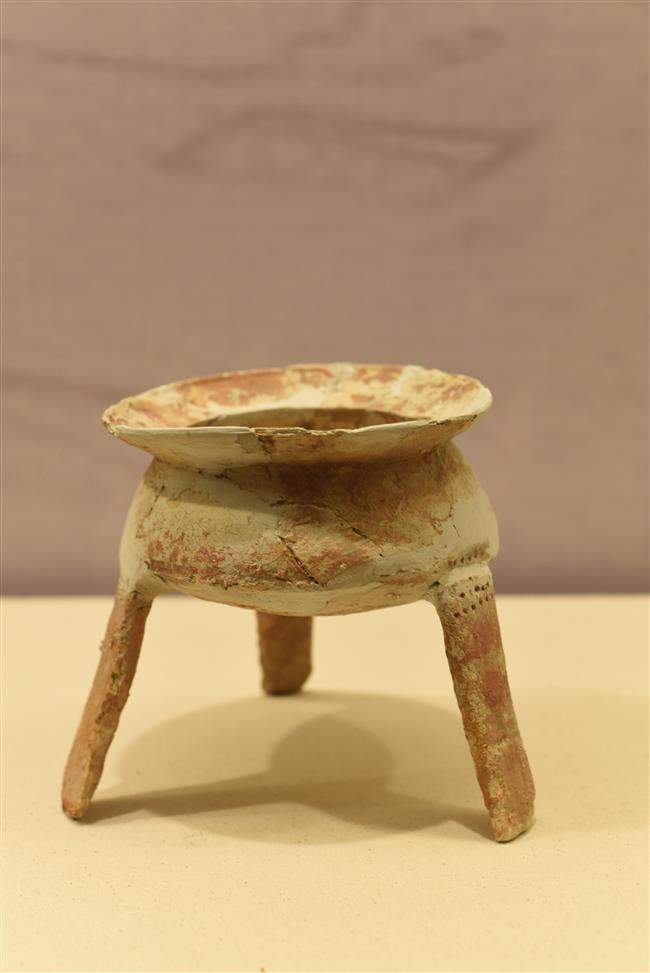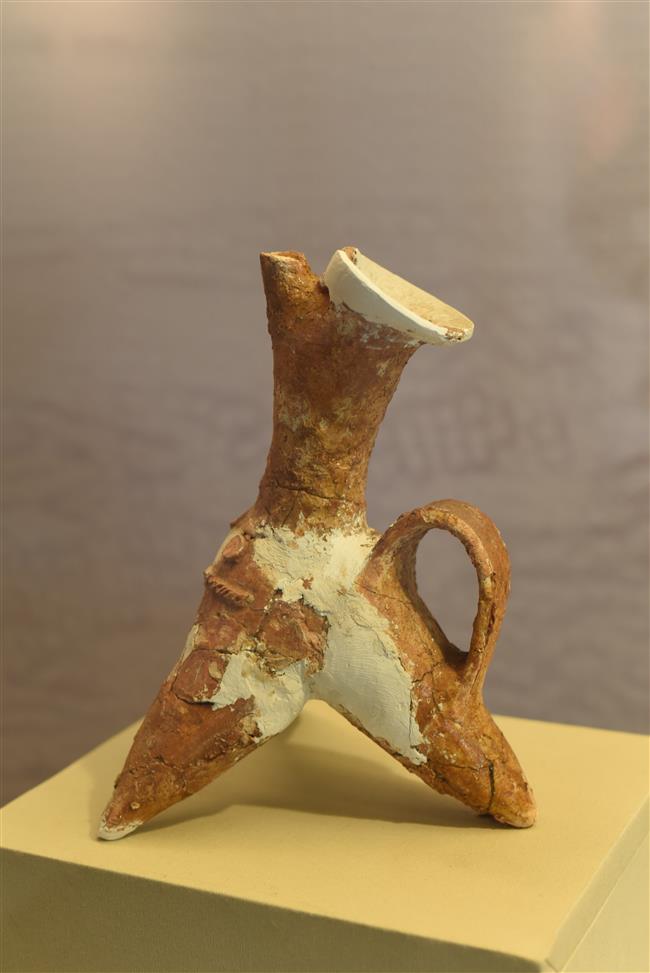Exhibition celebrates ancient archaeological discovery

A food vessel discovered in Haochuan Village
On the 20th anniversary of one of the most exciting archaeological discoveries in the last century, the West Lake Museum is celebrating the find by exhibiting 200 excavated antiques until January 30.
Twenty years ago more than 80 ancient tombs were discovered in Haochuan Village, in Suichang County. Around 1,000 jade items, including crockery, stone and lacquered artifacts, were unearthed. It proved to be the largest Neolithic site ever found in the southwestern Zhejiang Province.
According to archaeologists, Haochuan links noteworthy Liangzhu Culture in northern Zhejiang Province and the Oujiang River Culture in southern Zhejiang. This 4-millennium relic site fills in the blank of history in this region and is considered to bridge the gap between batches of discovered Neolithic sites.
A river has always been seen as a cradle for human beings and this was exactly the case for ancestors in Haochuan. The site sketches over the Xianxia Mountain Range, a source of rivers and creeks in Zhejiang Province.

A food vessel discovered in Haochuan Village
Ancestors lived along these rivers and created a thriving Haochuan Culture. The excavated handicrafts feature mature cultivating techniques, which could be verified by the carved holes and smooth surfaces.
Haochuan people used bamboo tubes and silica sand to polish stone artifacts, which often took months to complete. Meanwhile, line patterns and mythical creature motifs were engraved on the surface, reflecting ancestors’ aesthetics and awe for the unknown.
The discovered crockery vessels were used to contain food and wine. They are made of clay and decorated with ornamental patterns. The firing techniques are considered to be revolutionary for that period of time.
Jade items were the biggest feature of Haochuan Culture. Almost every tomb is buried with several jade handicrafts, ranging from an axe to a hairpin. Their styles and making techniques resemble their counterparts from the Liangzhu Neolithic Site, which suggests there is a link between the two.
The heyday of Haochuan Culture was the late period for Liangzhu Culture. Their artifacts style, burial methods and tombs share similarities in many aspects. And it is believed many of the early characteristics of Chinese civilization development were absorbed and influenced during that era as different cultures exchanged.
In 2004, archaeologists continued to unearth historical artifacts on the site and another 20 graveyards were discovered. Burial objects varied according to different sizes of tombs, which epitomized the hierarchy in this ancient society.
Date: Through January 30, closed on Mondays
Address: 89 Nanshan Rd
Admission: Free

A wine vessel discovered in Haochuan Village
















